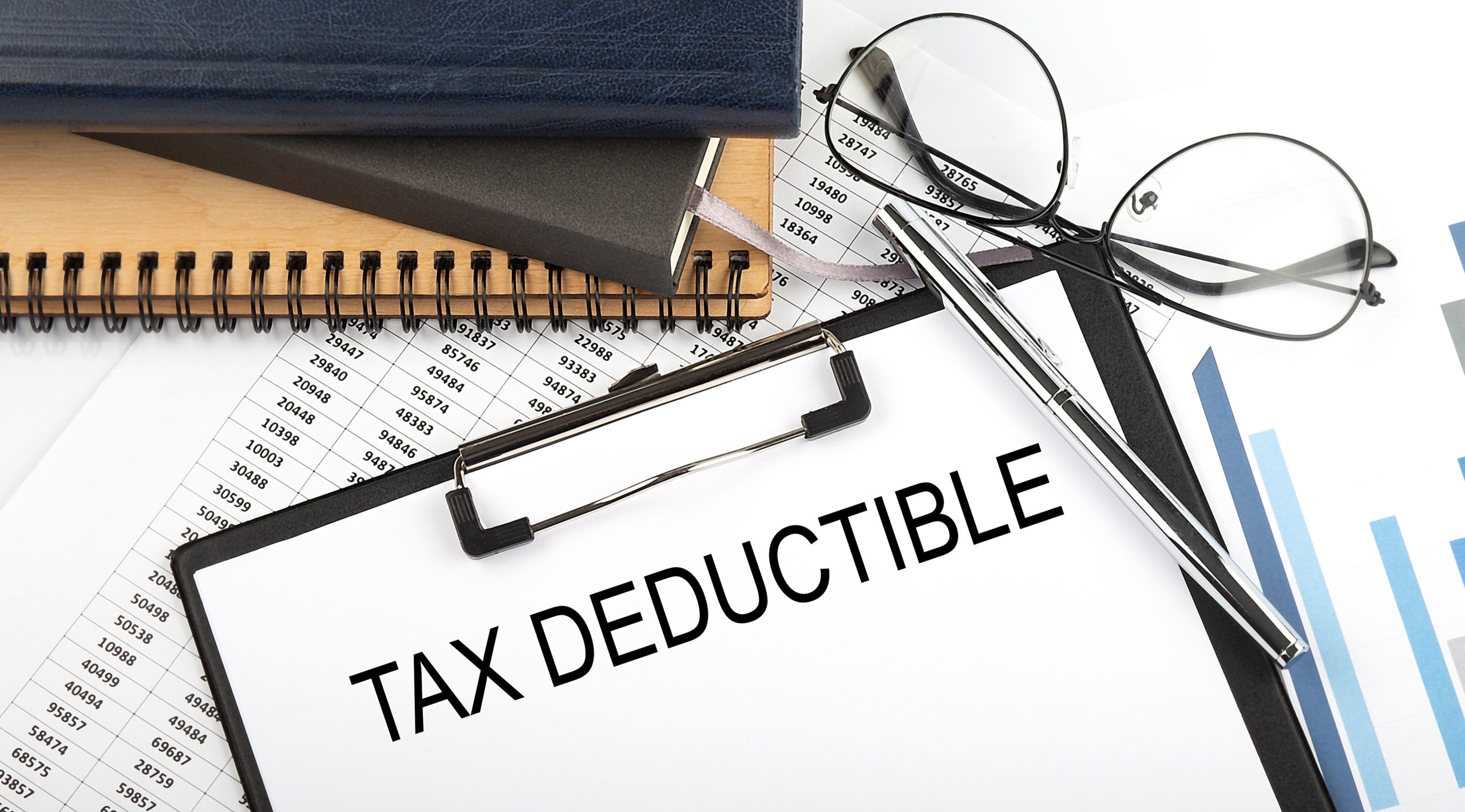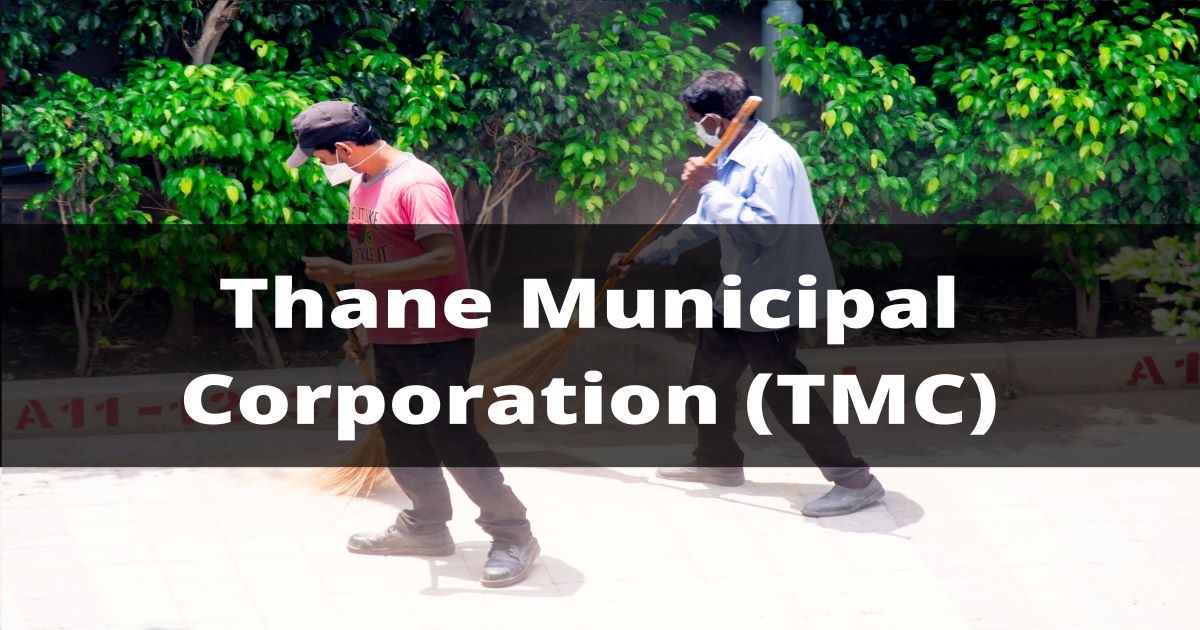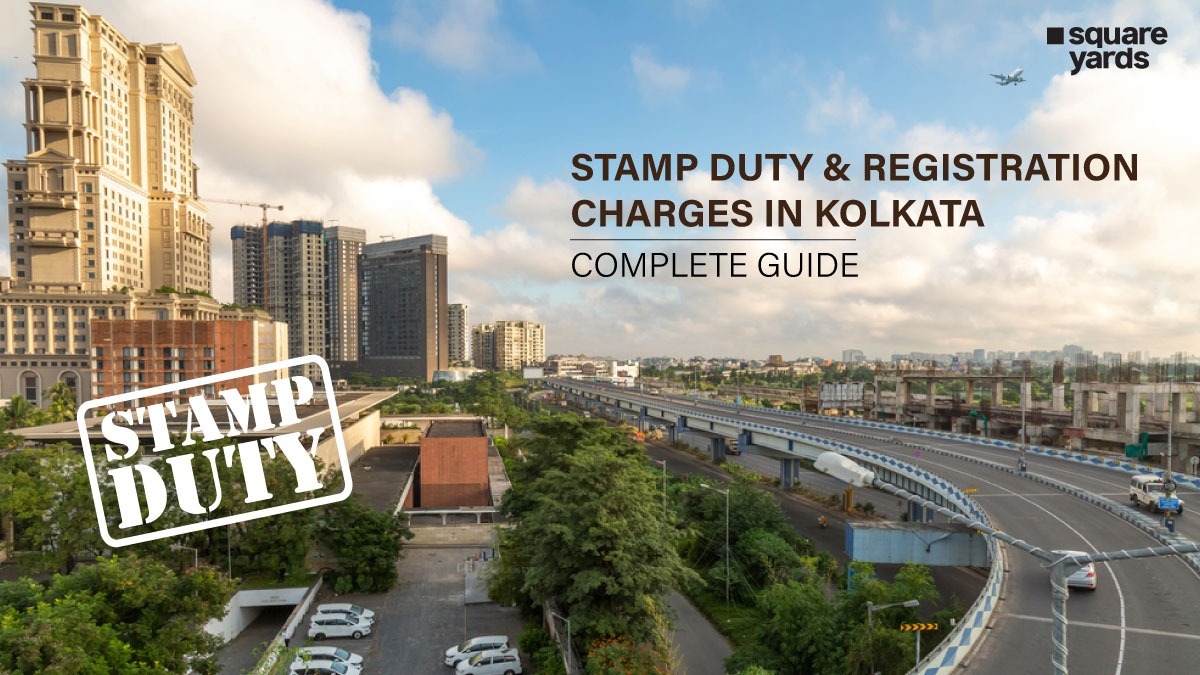When a buyer pays a number of taxes while buying a commercial property, tax liabilities will ultimately increase for the seller as well. Besides capital gains tax, it is likewise liable for the seller to pay the tax deducted at source or TDS during the sale.
What exactly is TDS?
The idea of tax deducted at source had been introduced with the objective of collecting tax from the same income source. According to this concept, a deductor or individual liable for paying any particular tax to another individual (deductee) shall be deducting tax at the source and remitting it into the central government’s account. The deductor will be entitled to receive a credit of the sum which has been deducted based on a TDS certificate produced by the deductor.
Interestingly, the responsibility of deducting the TDS amount and submitting it to the government does not lie on the seller but the buyer. If they cannot discharge this responsibility, they have to pay the penalty in the long run.
In order to verify the rampant usage of unaccounted cash in transactions of immovable property, a law has been introduced by the government of India; wherein, the buyer of the property needs to deduct the tax at the source.
Who is accountable for deducting tax u/s 194IA?
Any individual, being a transferee accountable for paying any sum to a resident transferor by consideration for the transfer of an immovable property (apart from agricultural land), is accountable for deducting tax under this particular section.
Consequently, in case the immovable property has been bought for any particular value from any non-resident person, no TDS will be needed to be deducted whatsoever. Nevertheless, TDS is going to be deducted under Section 195.
Properties that are covered
Section 194IA of the Income Tax Act reads that an individual, being a transferee, accountable for paying any sum to a resident transferor by way of consideration, for transferring any immovable property (apart from agricultural land)- the amount will be deducted which is equal to 1% of such amount as income tax at the time of credit of such amount to the transferor’s account or while paying such amount in cash or by the issue of a draft or cheque or any other mode, whichever happens, to be earlier. This particular section needs a purchaser to deduct tax at a 1% rate of the sale consideration if the transaction’s value happens to be ₹50 lakhs or even more. The section is going to cover commercial property, residential property in addition to land. Nevertheless, transactions relating to the purchase of agricultural land will not be covered under this particular provision.
Moreover, the treatment of properties that any NRI is marketing will be different given that the capital gains tax will also be deducted by the government from NRIs together with the TDS. For this reason, the rate of TDS is going to be much higher in these cases.
When the TDS should be deducted, and how should it be paid?
It is imperative for the property’s purchaser to deduct the TDS while executing the conveyance deed or while paying advance in the event of any advance being paid before the conveyance deed is executed. The TDS amount has to be deposited by the purchaser to the central government’s credit within a period of 30 days from the conclusion of the month during which the tax is deducted. For paying the TDS and furnishing other particulars, it is essential to fill in Form 26Qb. Separate Form 26QB has to be filled in for every single set of seller and buyer in case the property has in excess of 1 buyer or seller. Therefore, one has to submit the particulars of every single buyer and seller in each Form 26QB.
Threshold Limit u/s 194IA
No tax will be deductible, in case the consideration payable or paid for transferring an immovable property happens to be less than ₹50, 00,000.
TDS rate under Section 194IA
Tax is going to be deducted at a 1% rate. No Health & Education Cess and surcharge is going to be included in the above rates. Consequently, tax is going to be deducted at the basic rate at the source. The TDS rate is going to be 20% in every single case, in case PAN isn’t quoted.
The bank/lender will finance immovable property partly
In case the bank/lender partly finances the immovable property. It will be indispensable to deduct TDS on the entire consideration amount by the transferee irrespective of the financing amount. According to section 194IA, an individual, being a transferee, will be accountable for deducting tax at the source. Once any loan is obtained from the bank, the bank cannot be considered a transferee even though it might provide funds to the purchaser. Consequently, the buyer will deduct the entire TDS from the sum paid by him to the seller, while the bank will not be accountable for deducting TDS on payment done by him on behalf of the buyer.
Illustration
Suppose an immovable property worth ₹ 60 lakh has been purchased by Y, and ₹ 40 lakhs has been financed with the bank while the remaining has been contributed by him. The TDS to be deducted and deposited by Mr. Y happens to be ₹ 60,000/- (₹ 60 lakhs @ 1%). Therefore, ₹ 40 lakhs will be paid by the bank to the transferor, and Mr. Y is going to pay ₹ 19.40 lakhs. If the payment is made in installments, the amount will be deductible in proportion to the installment paid.
While a Flat was allotted by the builder, the consideration consists of payment for Permanent Membership of Club, Car Parking, Electricity meter and line laying charges as well as other incidental charges.
TDS will be applicable on all these payments since these are part of the condition and consideration for the transfer of immovable property. Nevertheless, in case any refundable deposit is made for the maintenance of the club/flat as well as other amenities, these will not be considered for TDS.
A residential house property was purchased by Mr. A for ₹ 2 crores, and this consisted of the subsequent consideration:
- Towards vehicle parking: ₹ 20 lakhs
- Towards purchasing immovable property: ₹ 160 lakhs
- Towards electricity and water facility: ₹ 20 lakhs
If payment is made before or on 30 June 2019, the tax will be deducted by Mr. X at a 1% rate of ₹ 160 lakhs, equal to ₹ 1, 60,000. If the payment is made on or after 1 September 2019, the tax will be deducted on a total consideration of ₹ 2, 00,000.
Particulars needed for paying the TDS
The buyer is required to comply with the need to deduct TDS as well as paying the sum to the central government. One will get comprehensive guidelines for filling up the form and payment of tax on the official website.
In general, a tax deduction account number (TAN) has to be obtained by every single individual who is accountable for deducting TDS. Nevertheless, the buyer doesn’t need to obtain the tax deduction account number in the event of TDS on any property which is immovable. It is essential for you to provide particulars such as the name, address, mobile number, PAN, and email ID of the buyer and the seller in Form 26QB. It is likewise important to provide the property’s complete address together with the total value of consideration, date of the agreement, date of payment, and so on.
The buyer has to make sure that the seller’s PAN is correct. Or else, it will not be possible for the seller to obtain the credit for tax which the buyer has deducted since the credit is going to flow according to the PAN card particulars furnished in Form 26QB.
It is possible to pay the TDS online, or it can also be deposited offline. For this, the physical challenge has to be tendered to an authorized bank that will be updating the particulars on the income tax department’s website. After depositing the TDS, the TDS certificate has to be downloaded by the buyer in Form No 16B from the Income Tax Department website, and it is to be furnished within 15 days to the seller.
Nil deduction or lower deduction of TDS
Some TDS provisions allowed the payee to furnish a nil TDS declaration. He can also approach the IT officer for issuing a certificate such that the payer will be able to deduct tax at a nil rate or a lower rate. Nevertheless, no such TDS provision is applicable on immovable property. The buyer must deduct tax mandatorily at source, where the consideration is going to be more than ₹50 lakhs, in respect of every single set of seller and buyer.
Consequences in case TDS is not paid
According to the law, it is expected from the buyer to deduct the TDS from the transaction value and submit it duly with the government. The buyers in the documents can use PAN details since it is not compulsory to have a TAN in their case. If the buyers cannot pay the TDS within the specified time period to the government, they might be required to pay the penalty in the form of interest, or they might likewise be sentenced to laborious imprisonment of as much as 7 years. It is important to keep in mind that although the seller might be compelled to make the payment, the buyer and none else would face the penalty.
Essential things to bear in mind regarding TDS
It is imperative for the buyers to deduct and pay TDS to the authorities on the property whose value happens to be more than 50 lakhs. The buyer has to bear the responsibility of deducting and submitting the TDS instead of the seller. The buyer has to answer to the authorities in the event of any misappropriation in this regard. It is imperative for the buyers to fill Form 26QB for crediting the TDS. Separate forms will be needed to be filled for every single party if there are several sellers or buyers involved in the transaction.
Conclusion
All individuals that are making investments for purchasing immovable property apart from rural agricultural land whose value is ₹50 lakhs or even more ought to comprehend their obligations meticulously for deducting income tax at a 1% rate from the payment which has been made to the seller when it comes to purchasing properties on or after June 1, 2013. Moreover, one can download the TDS certificate from TRACES.
You Might Also Like
Frequently Asked Questions (FAQs)
What should be done by me as a buyer in case I don’t have the seller’s PAN?
The PAN of the seller is compulsory for filing Form 26QB and deducting TDS on the property. It is the buyer’s responsibility to get hold of the PAN from the seller prior to effecting the transaction.
Who will be paying TDS on a property?
It is essential for the buyer to pay TDS on a property by using the e-tax TDS payment option. The TDS payment can be made by the buyer by making use of a net banking portal or even offline by paying a visit to the closest bank branch.
Is it possible for the seller to claim a refund of TDS on the deducted property?
Yes, it is possible for a property seller to claim TDS on property that has been already deducted. For doing this, the income tax return can be easily filed by the seller online, and he can claim a TDS refund on the deducted immovable property.
How can TDS be paid on the sale of a property?
It is the buyer’s responsibility to comply with the need to deduct TDS and pay the sum to the central government.
How can TDS be paid on the purchase of property?
It is essential to fill in Form No 26QB for paying the TDS and furnishing other details.






























